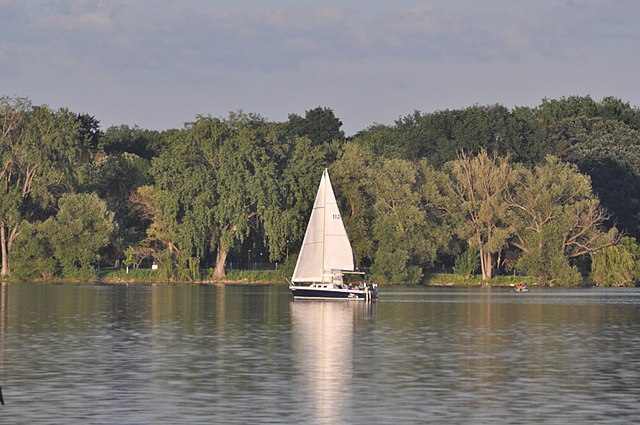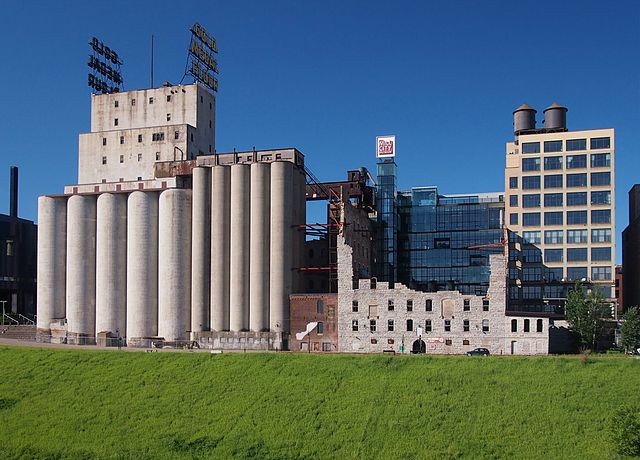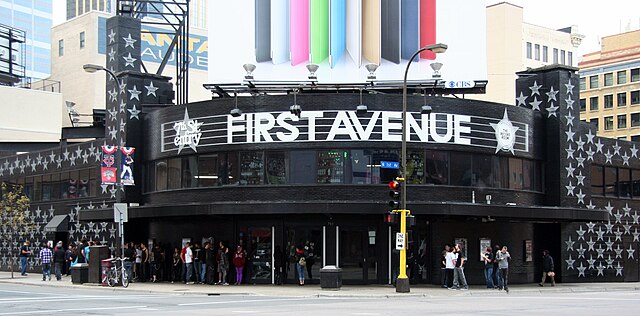Metropolitan Building (Minneapolis)
The Metropolitan Building, originally known as the Northwestern Guaranty Loan Building, is considered to be one of the most architecturally significant structures in the history of Minneapolis, Minnesota. It stood from 1890 until it was torn down starting in 1961 as part of major urban renewal efforts in the city that saw about 40% of the downtown district razed and replaced with new structures. At the time, the pending destruction of the Richardsonian Romanesque building provided a catalyst for historic preservation movements in the city and across the state.
The Metropolitan Building in November 1960
A view up to the skylight
Minneapolis, officially the City of Minneapolis, is a city in and the county seat of Hennepin County, Minnesota, United States. With a population of 429,954, it is the state's most populous city as of the 2020 census. It occupies both banks of the Mississippi River and adjoins Saint Paul, the state capital of Minnesota. Minneapolis, Saint Paul, and the surrounding area are collectively known as the Twin Cities, a metropolitan area with 3.69 million residents. Minneapolis is built on an artesian aquifer on flat terrain, and is known for cold, snowy winters and hot, humid summers. Nicknamed the "City of Lakes", Minneapolis is abundant in water, with thirteen lakes, wetlands, the Mississippi River, creeks, and waterfalls. The city's public park system is connected by the Grand Rounds National Scenic Byway.
Image: Minneapolis Skyline looking south
Image: Lake Nokomis 20210531
Image: Washburn A Mill 2014
Image: First Avenue






